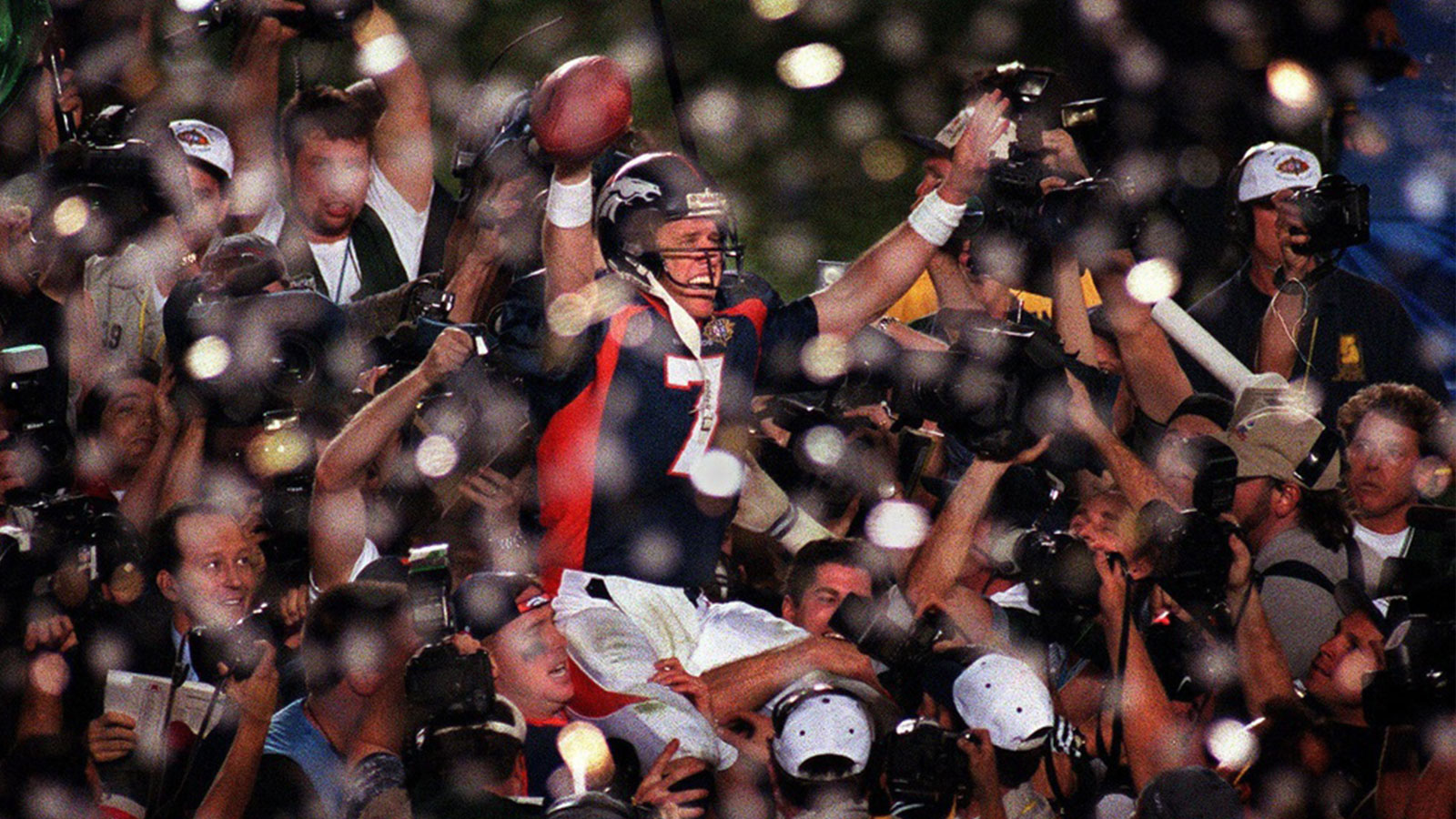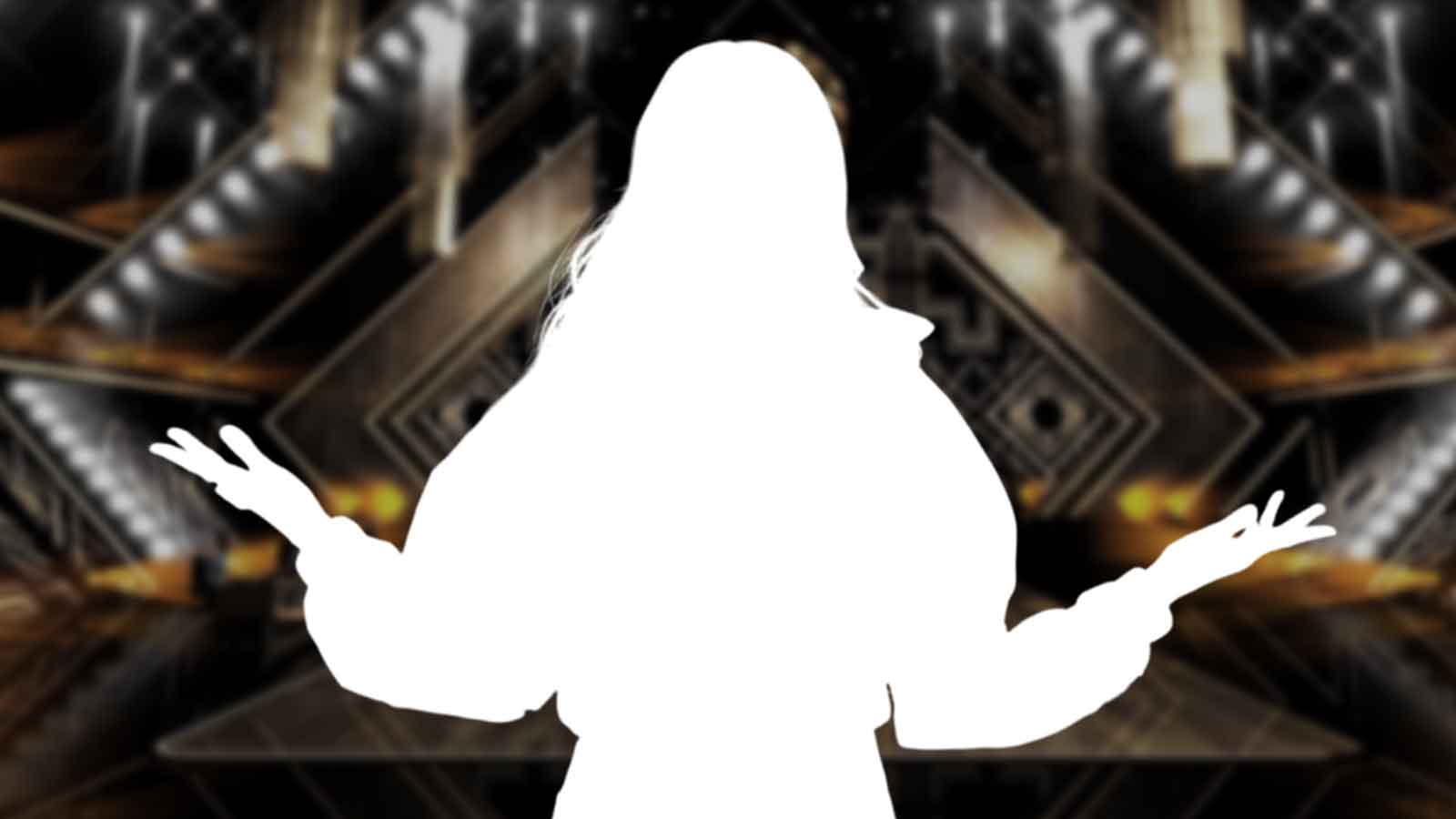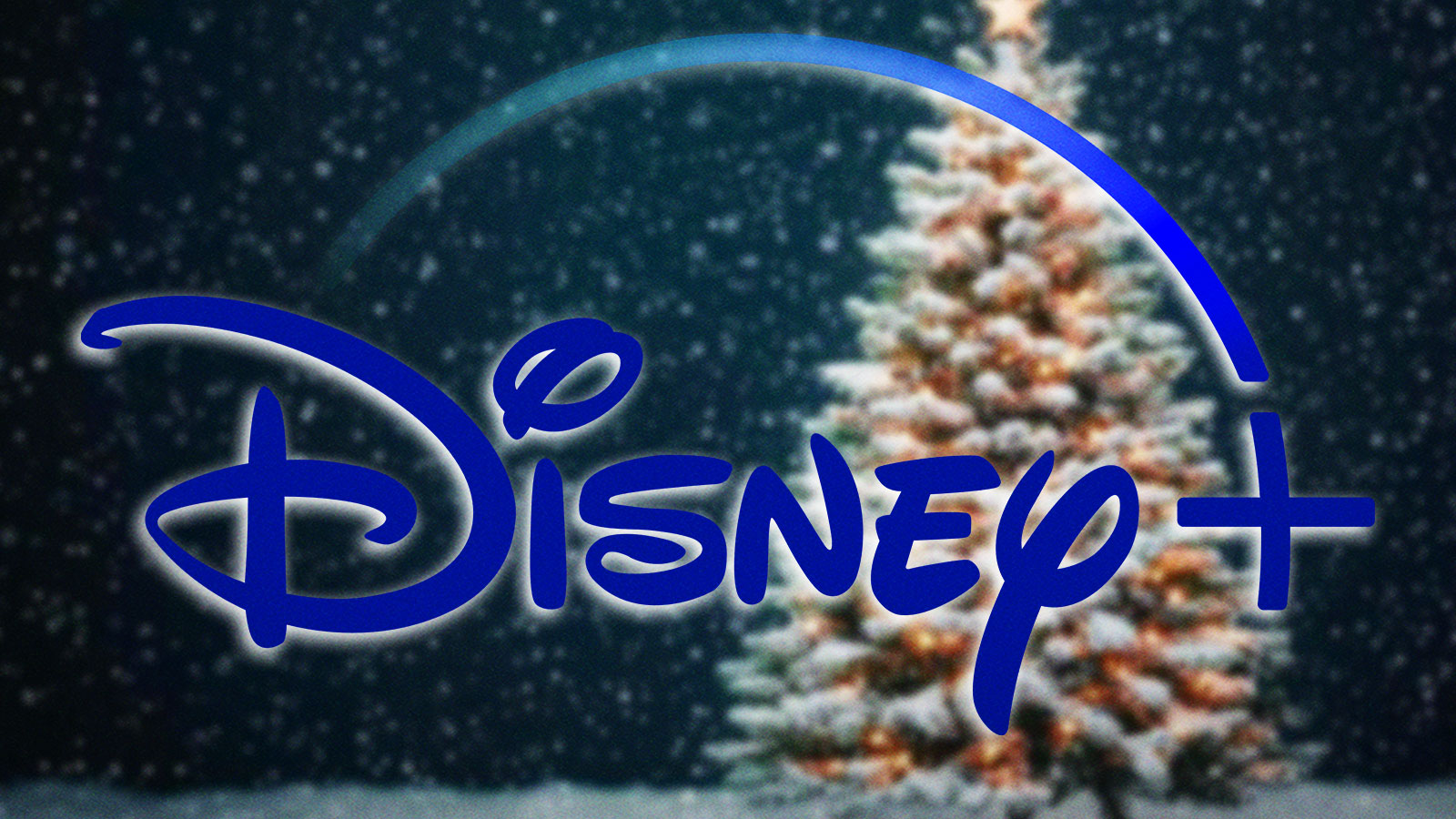The long-standing question of which version of “Spider-Man: Across the Spider-Verse” holds true to canon now has a definitive answer thanks to the movie's digital release. The sequel not only matched the excellence of its predecessor, “Spider-Man: Into the Spider-Verse,” but also managed to surpass it, according to ScreenRant.
In this iteration of the Spider-Verse, Miles Morales embarks on a journey across multiple universes, a departure from the original where Spider-Man variants converged on his world. This time, the hero encounters various Spider-Man iterations, including the likes of Spider-Woman Gwen Stacy and Peter B. Parker.
One of the film's major plot twists involved Miles finding himself trapped in an alternate universe, facing a variant of himself known as Prowler. This surprising turn of events was not the only revelation, as fans later discovered the existence of two versions of the movie, one of which got confirmed as canon.
Initially, the dual versions emerged due to audience complaints regarding audio mixing in the film's theatrical release. While the differences between the two versions are relatively minor, including variations in dialogue and scene presentation, the overall outcomes remain consistent.
With the digital release of “Spider-Man: Across the Spider-Verse,” the veil of mystery surrounding the canonical version is no more. The confirmed canon version features a pivotal moment between Miguel O'Hara and his holographic companion Lyla. In this scene, Lyla captures a playful selfie with Miguel using a bunny filter, revealing a playful side to the characters. In contrast, the alternate version sees Lyla pointing at Miguel in response to his request for backup.
The digital release has put an end to the speculation, providing a satisfying resolution to the question of which version of the movie aligns with the narrative continuity.



















